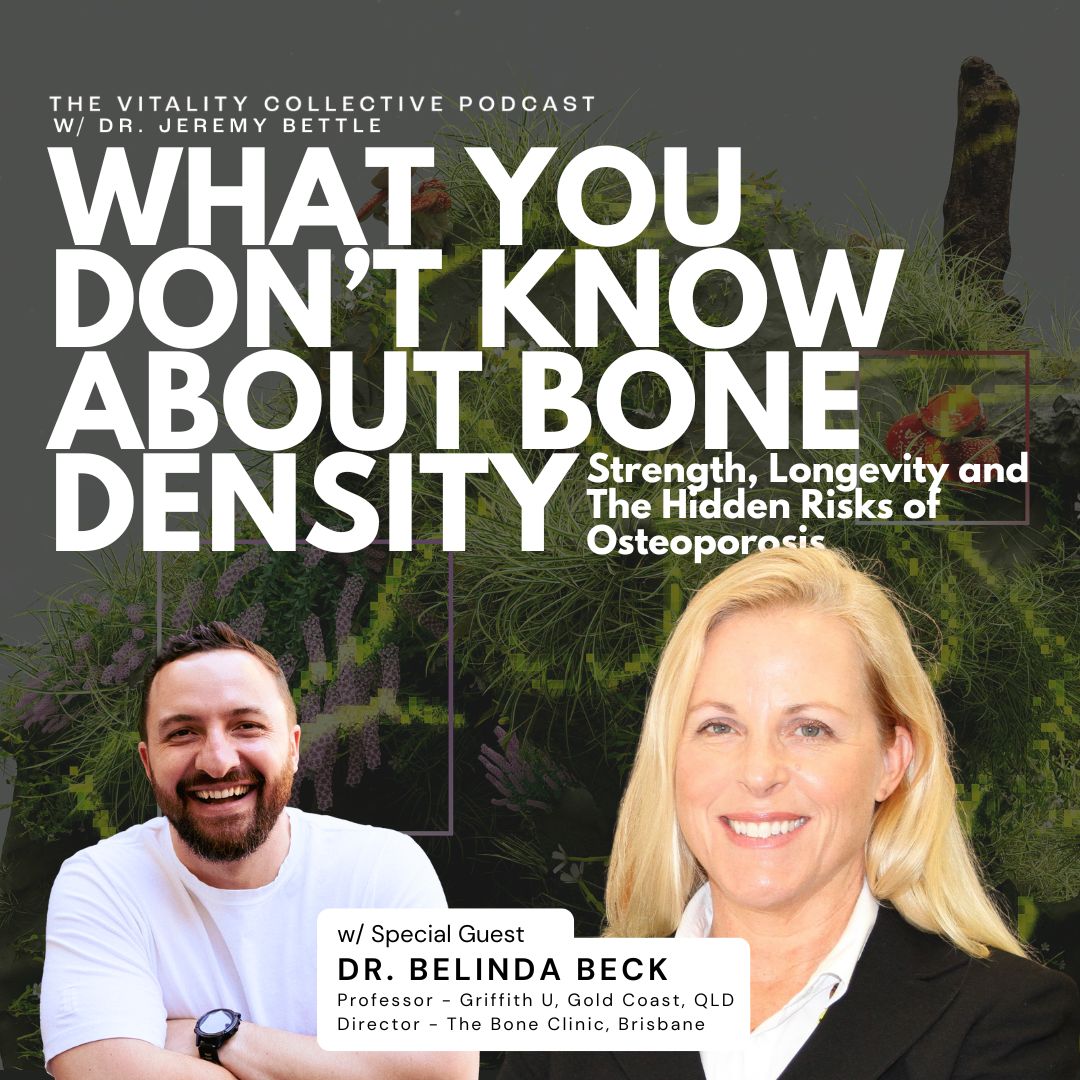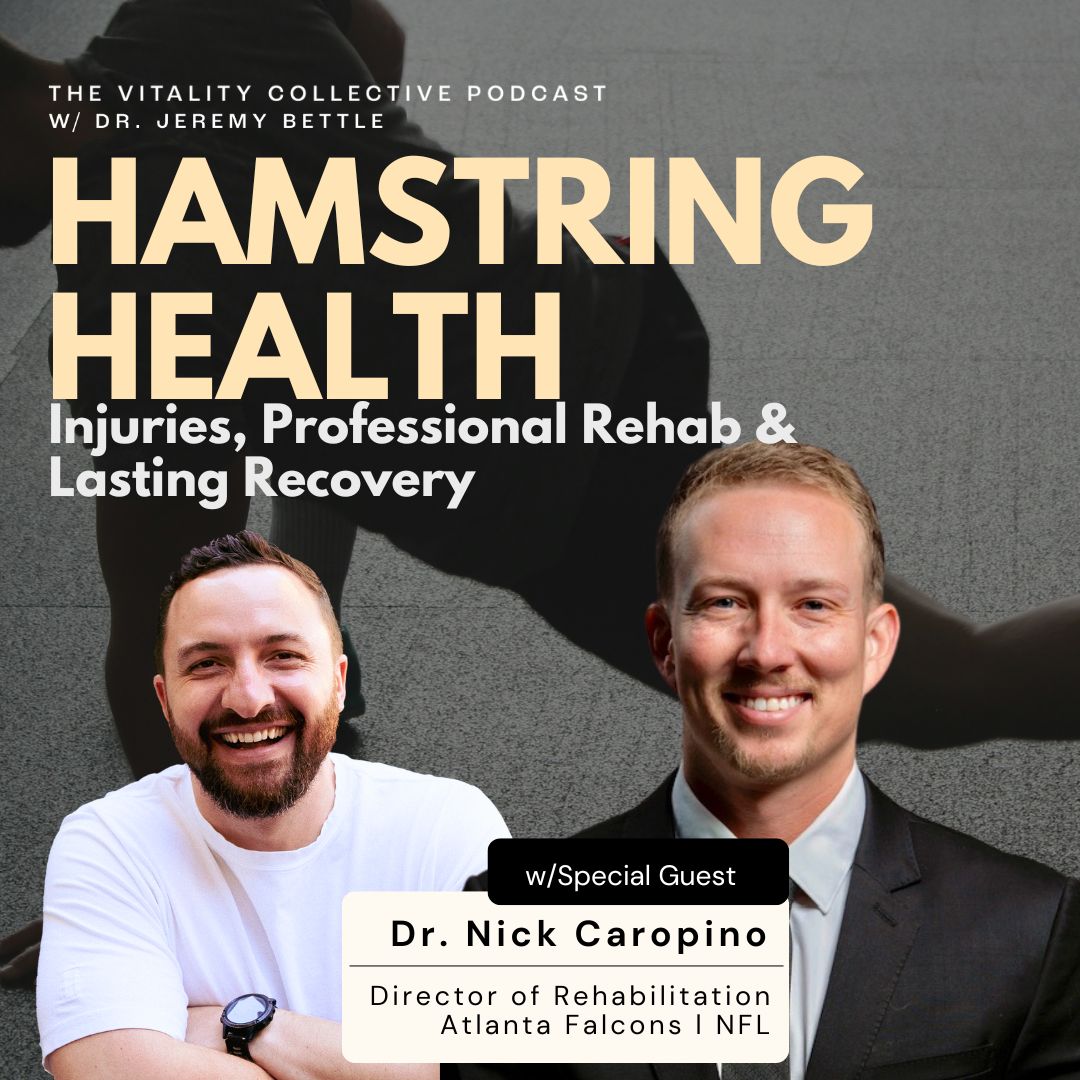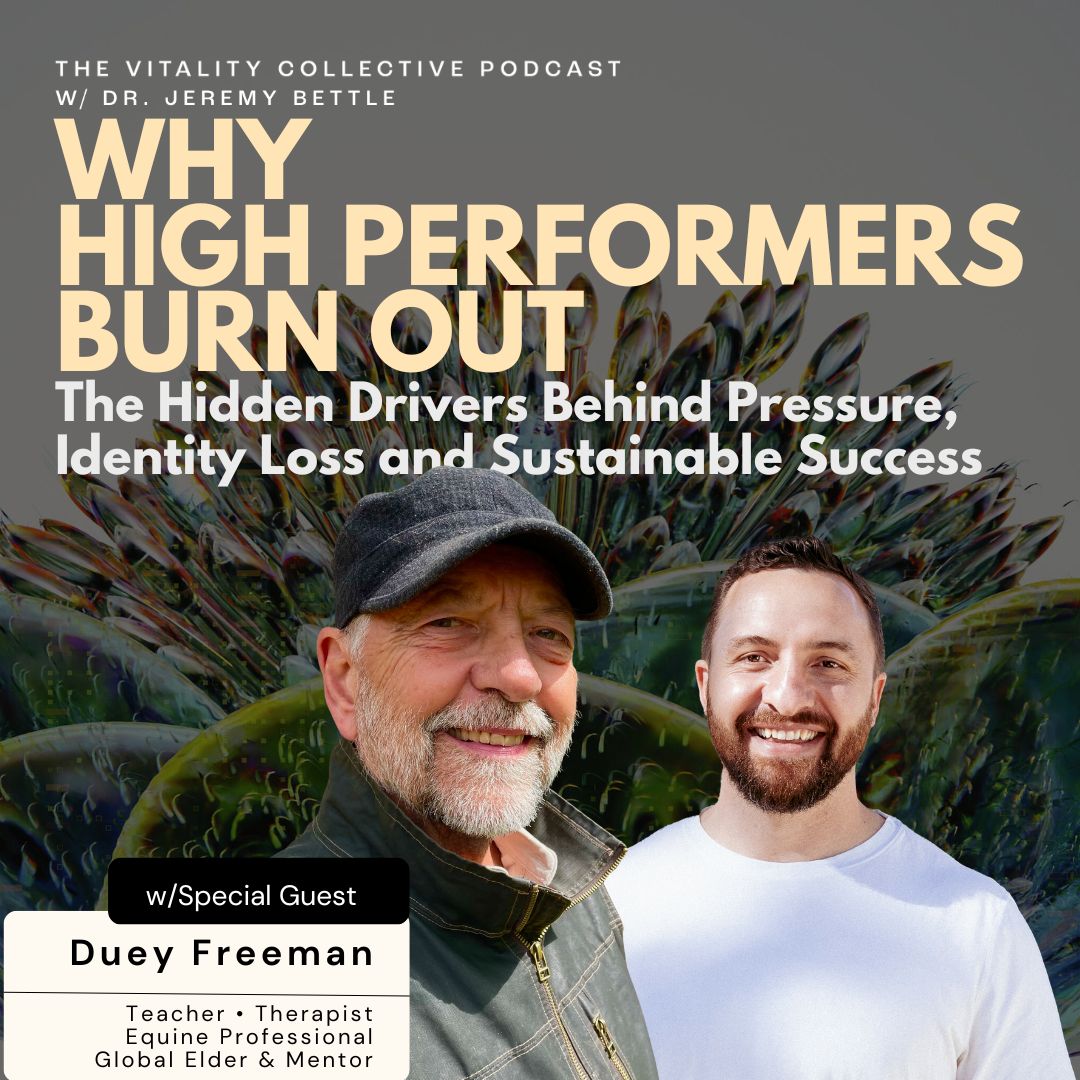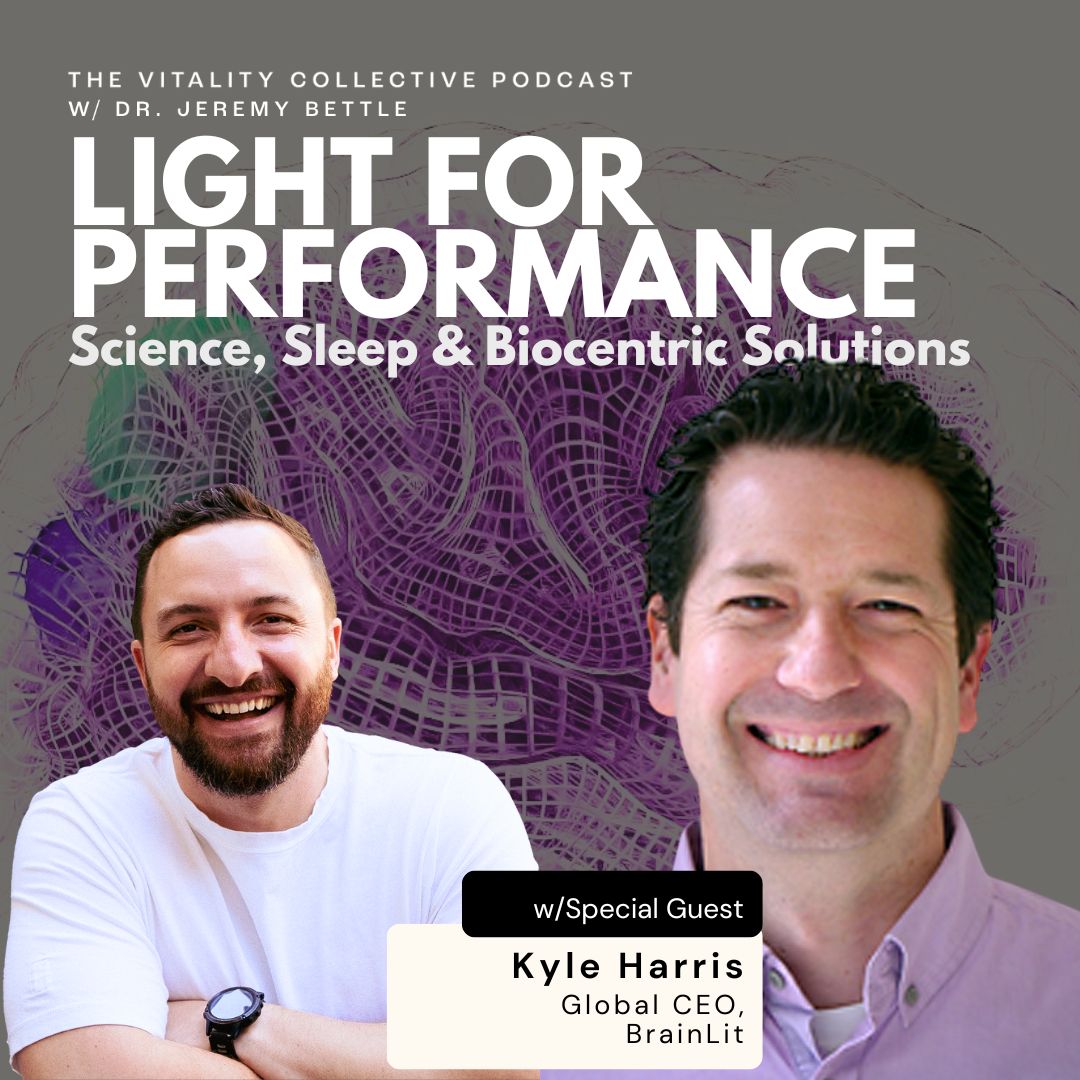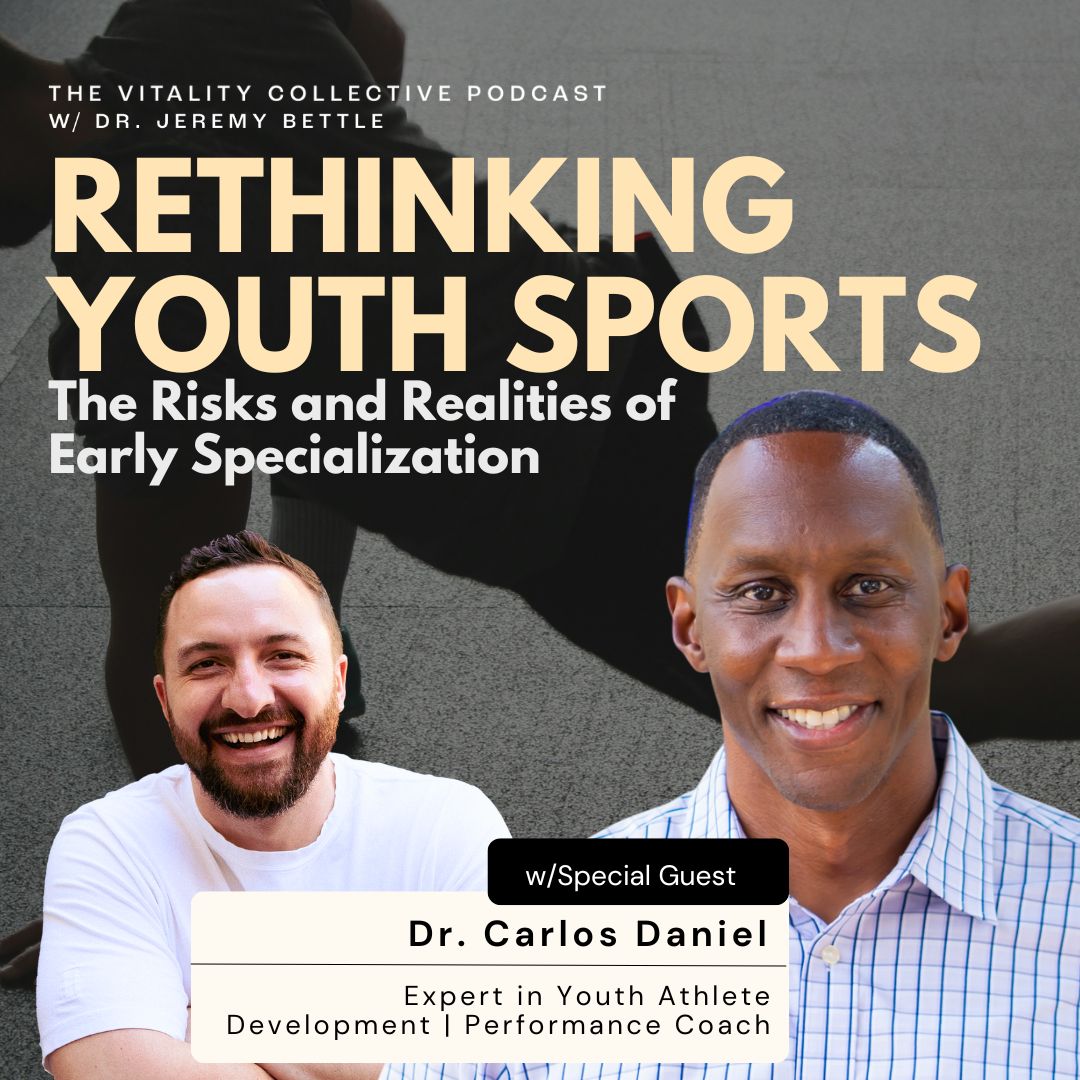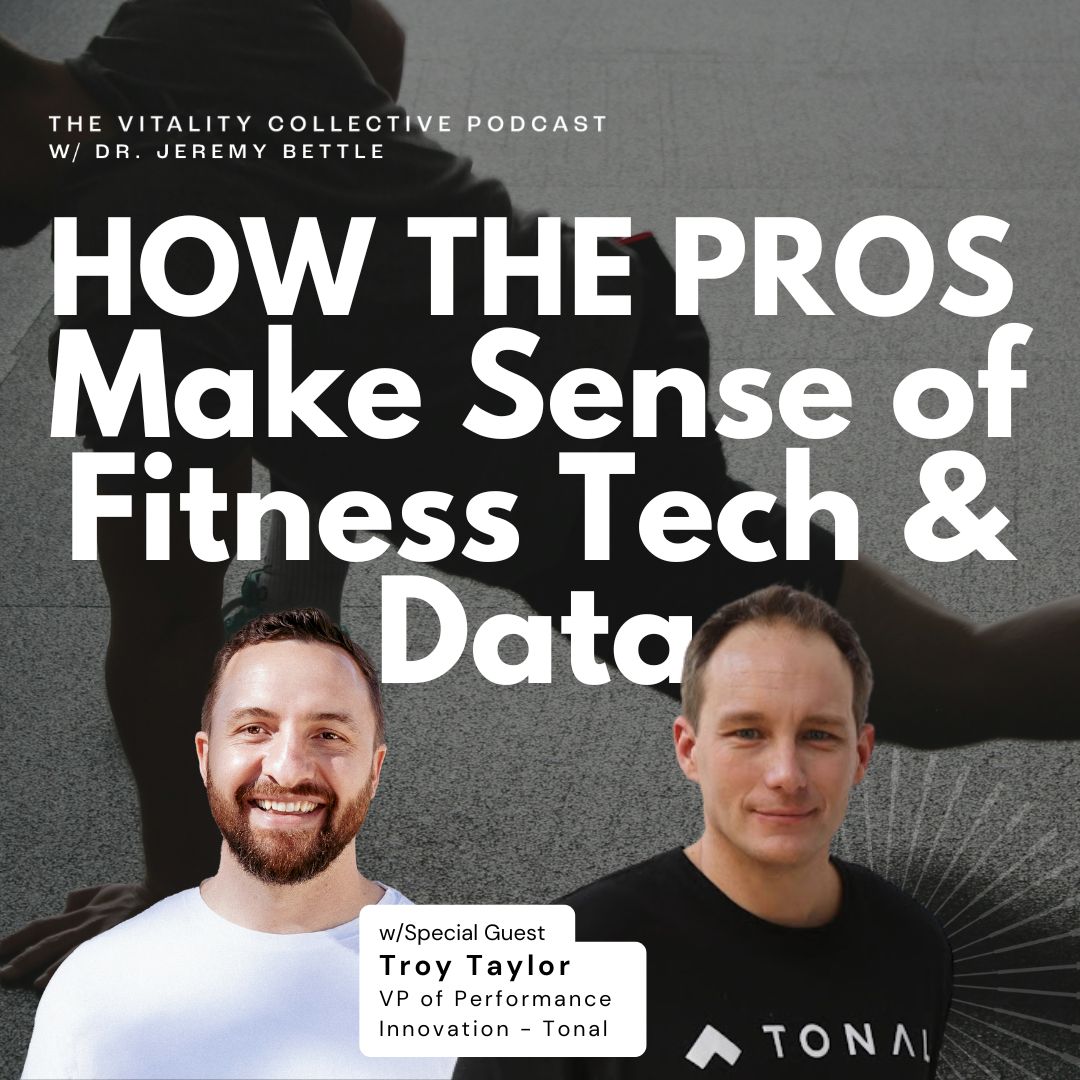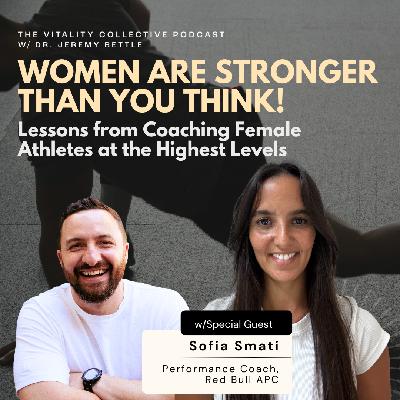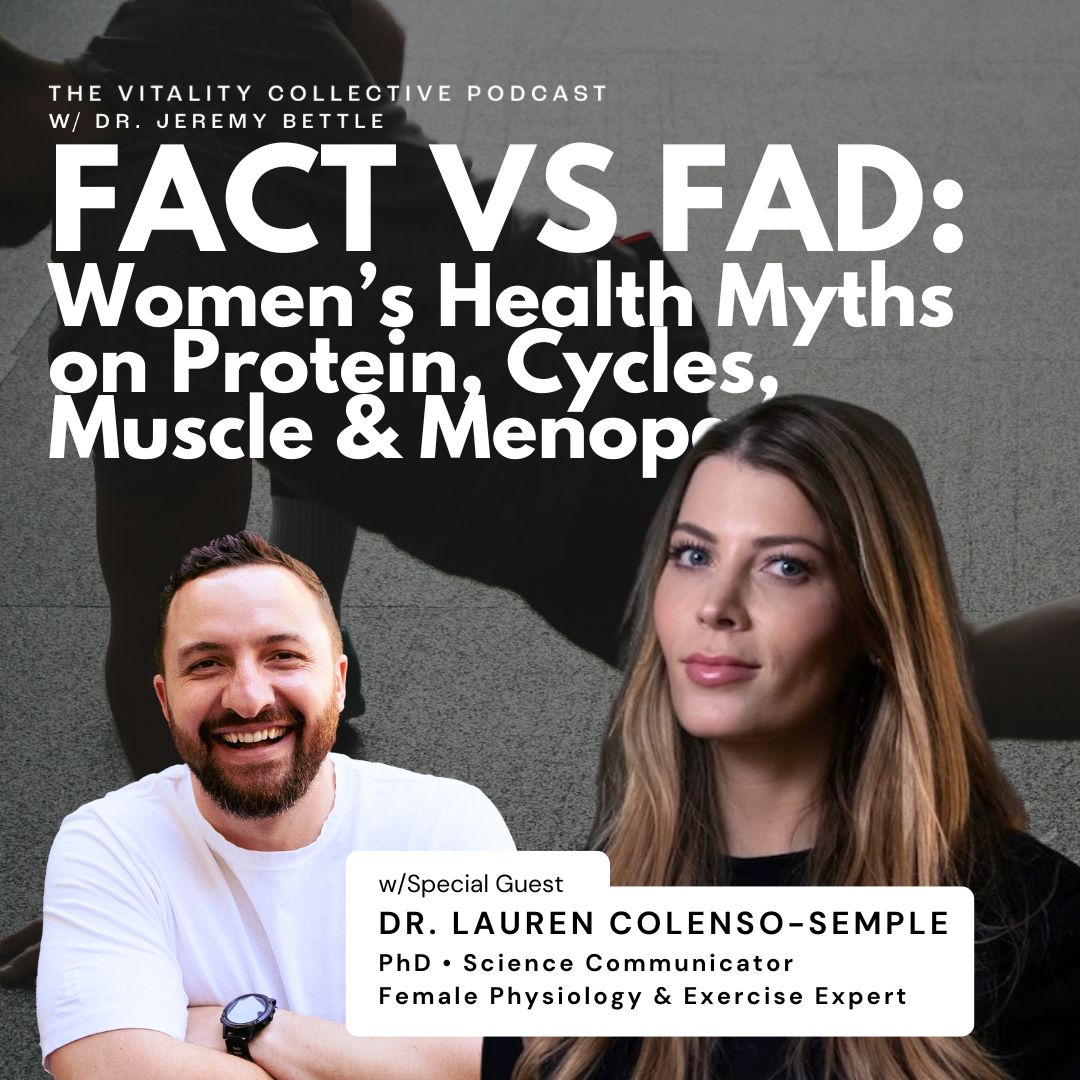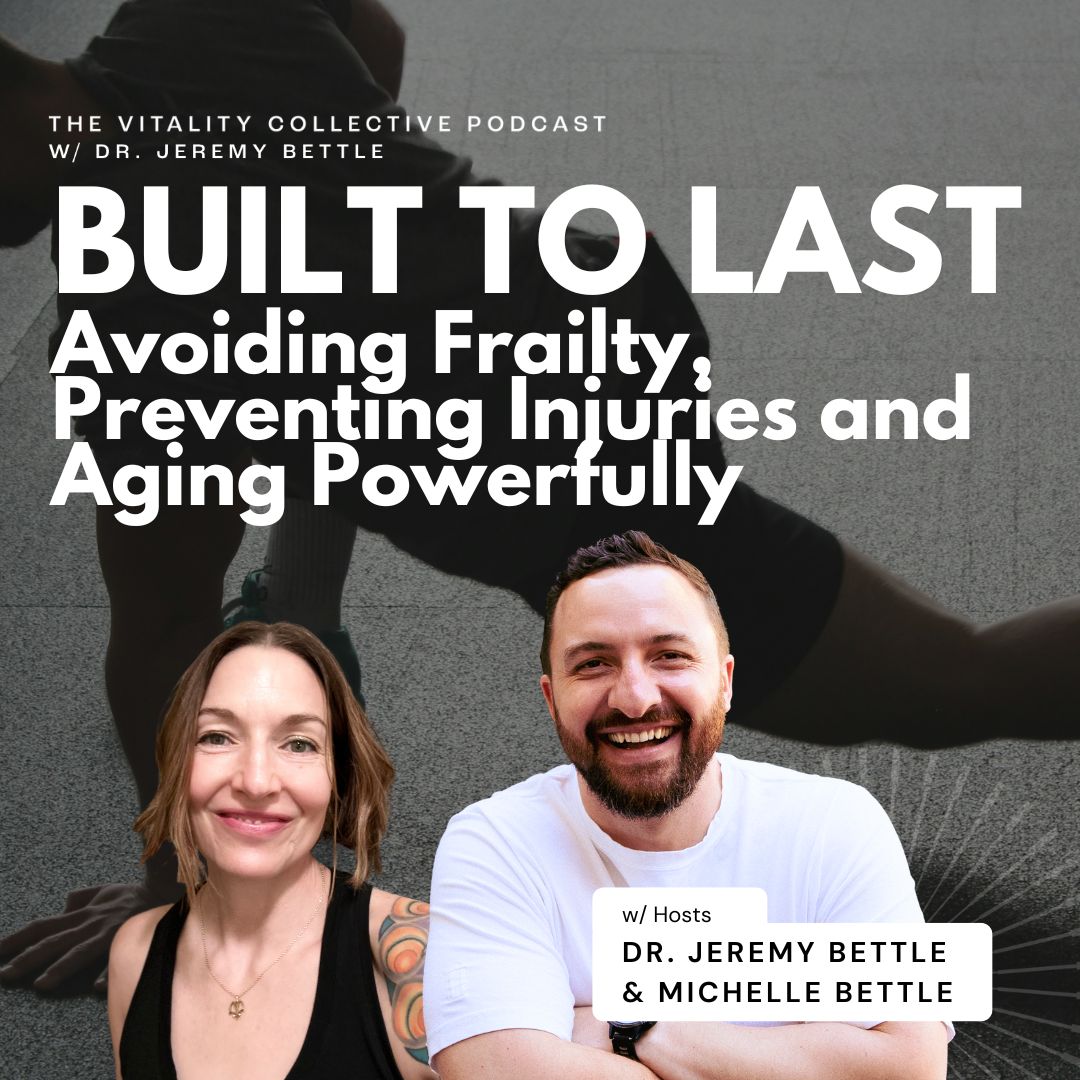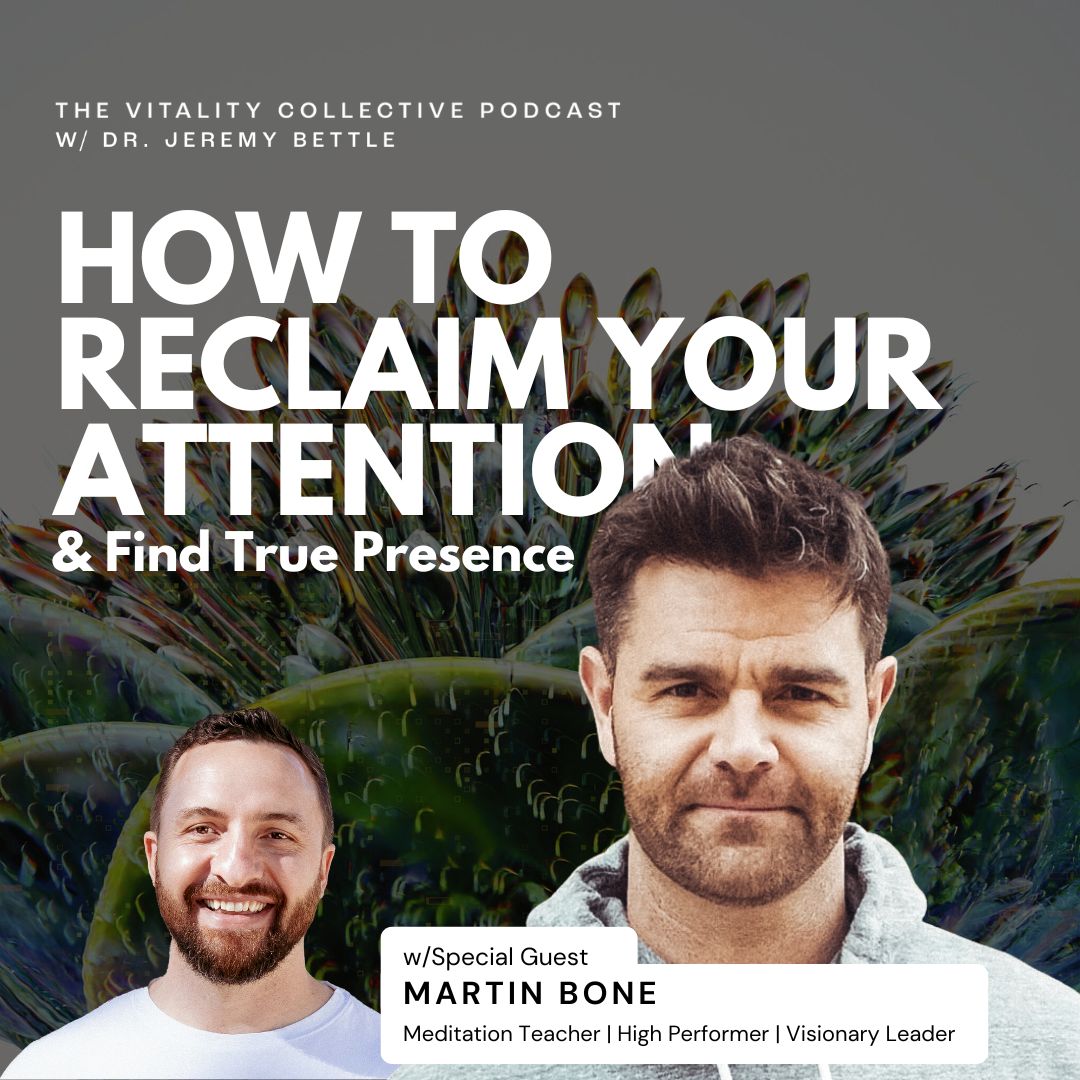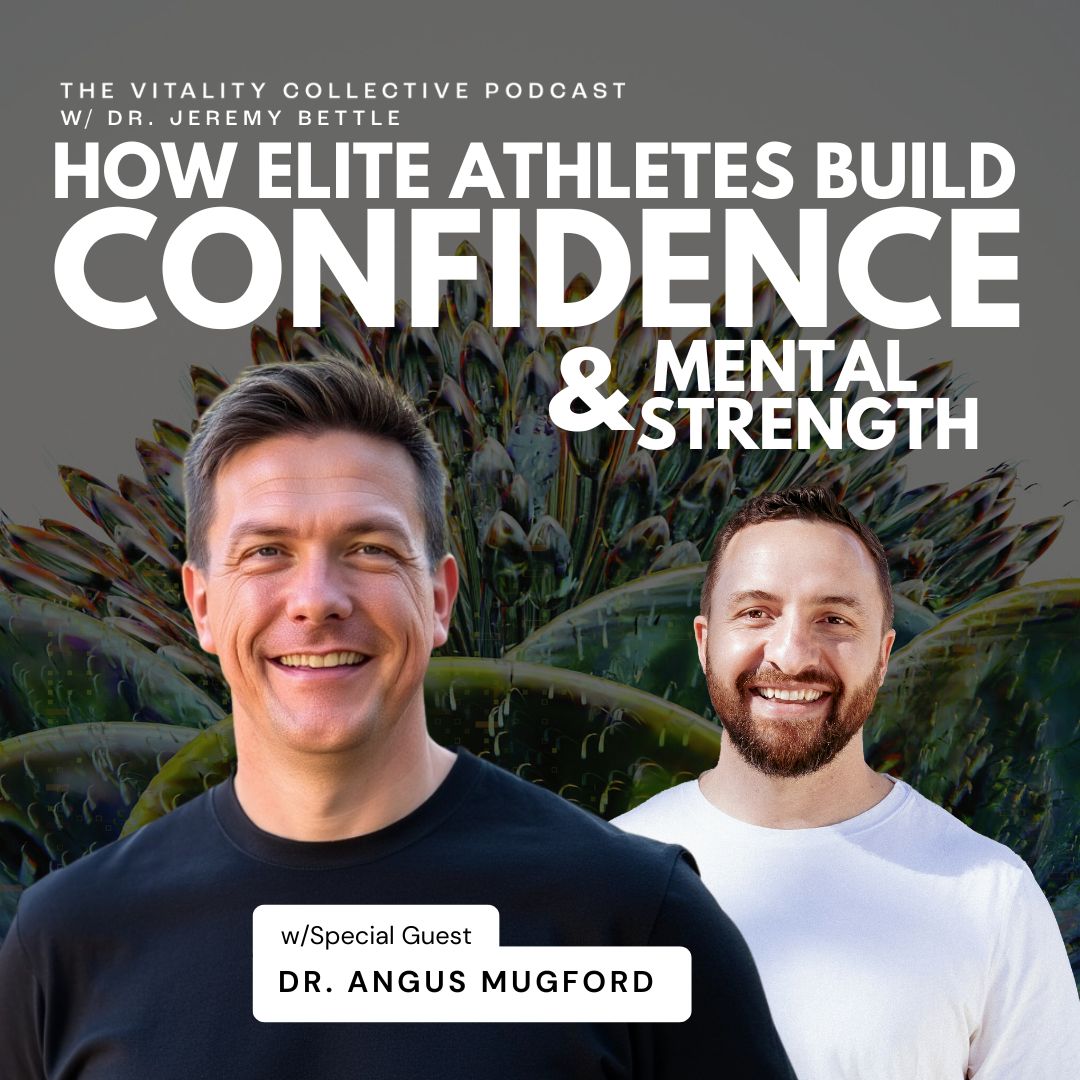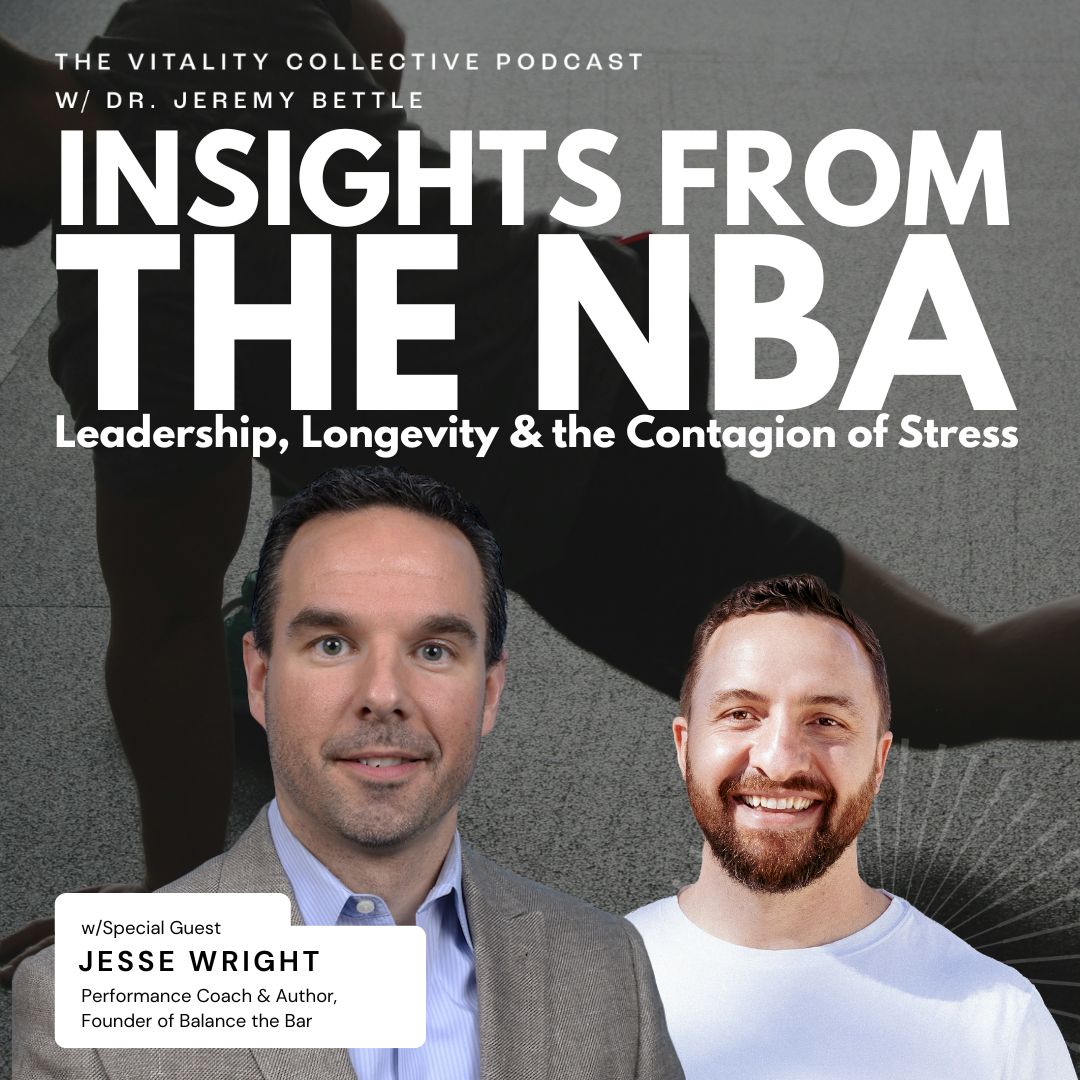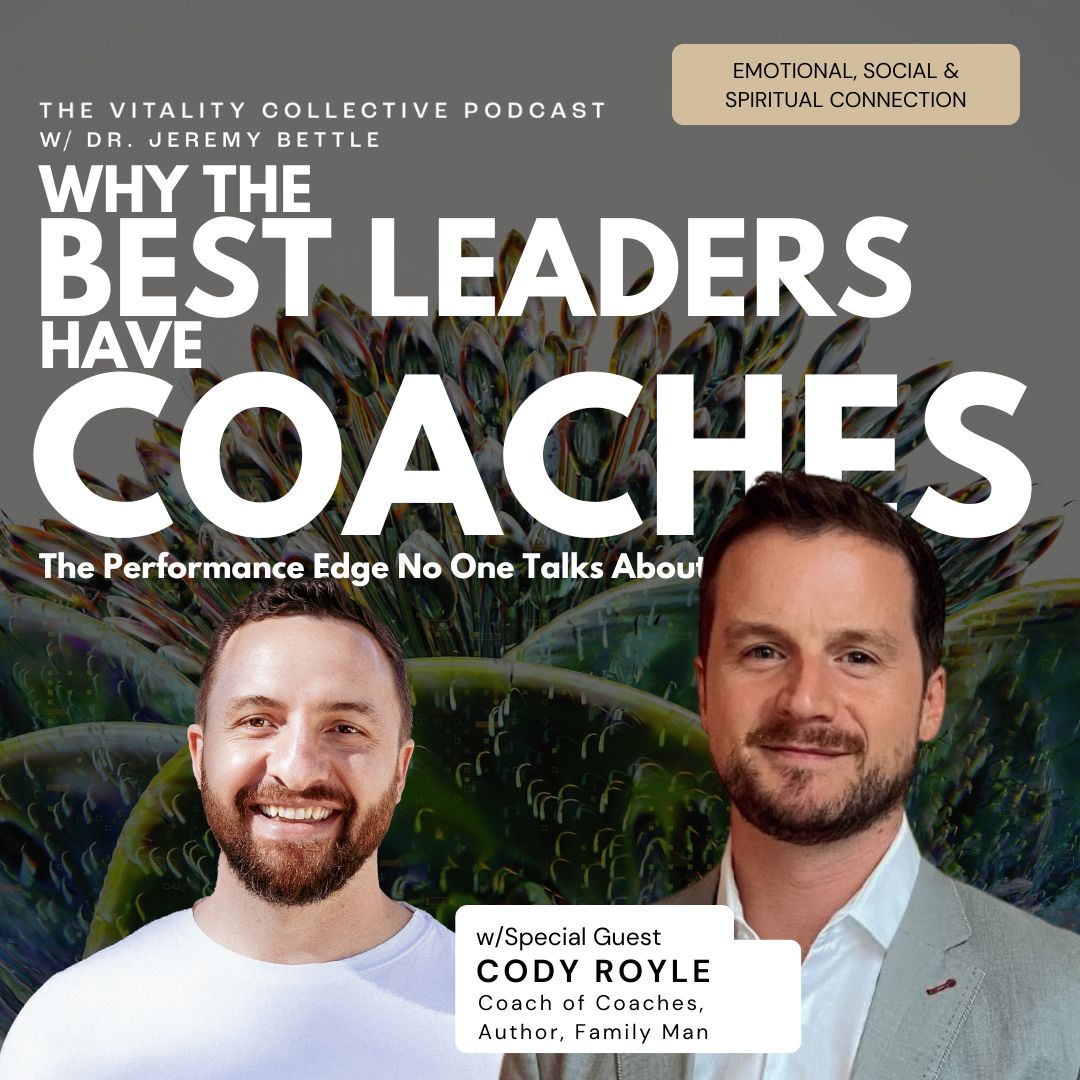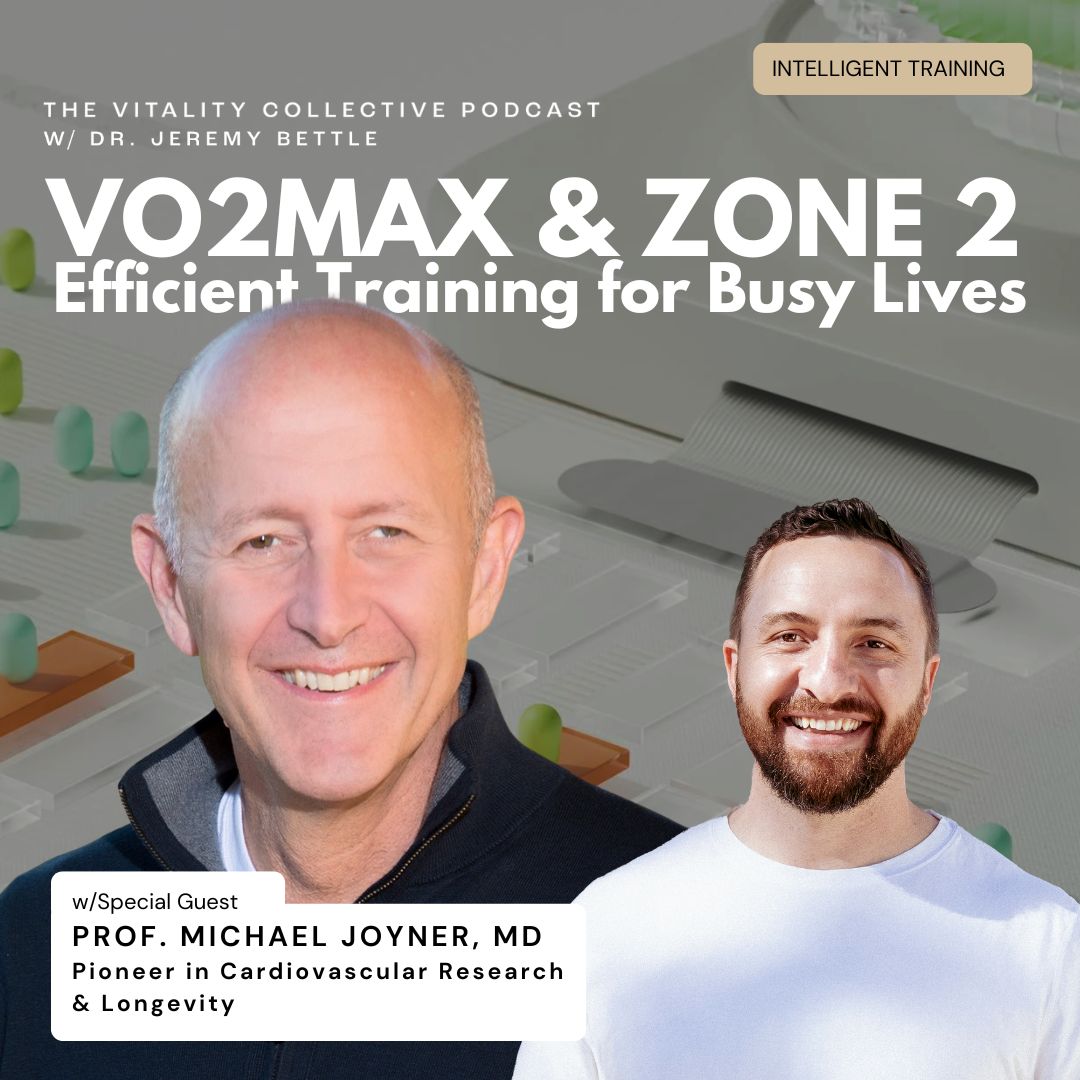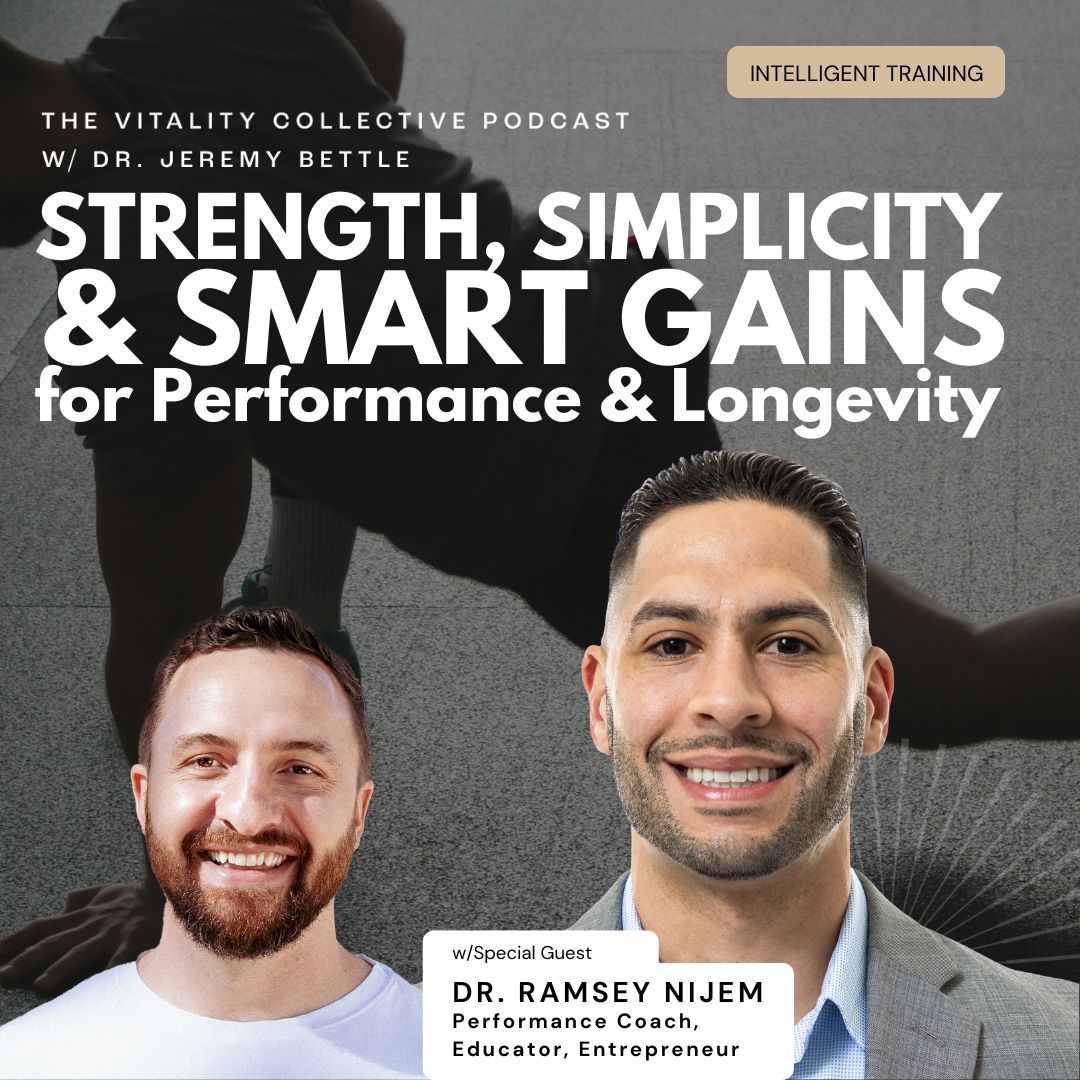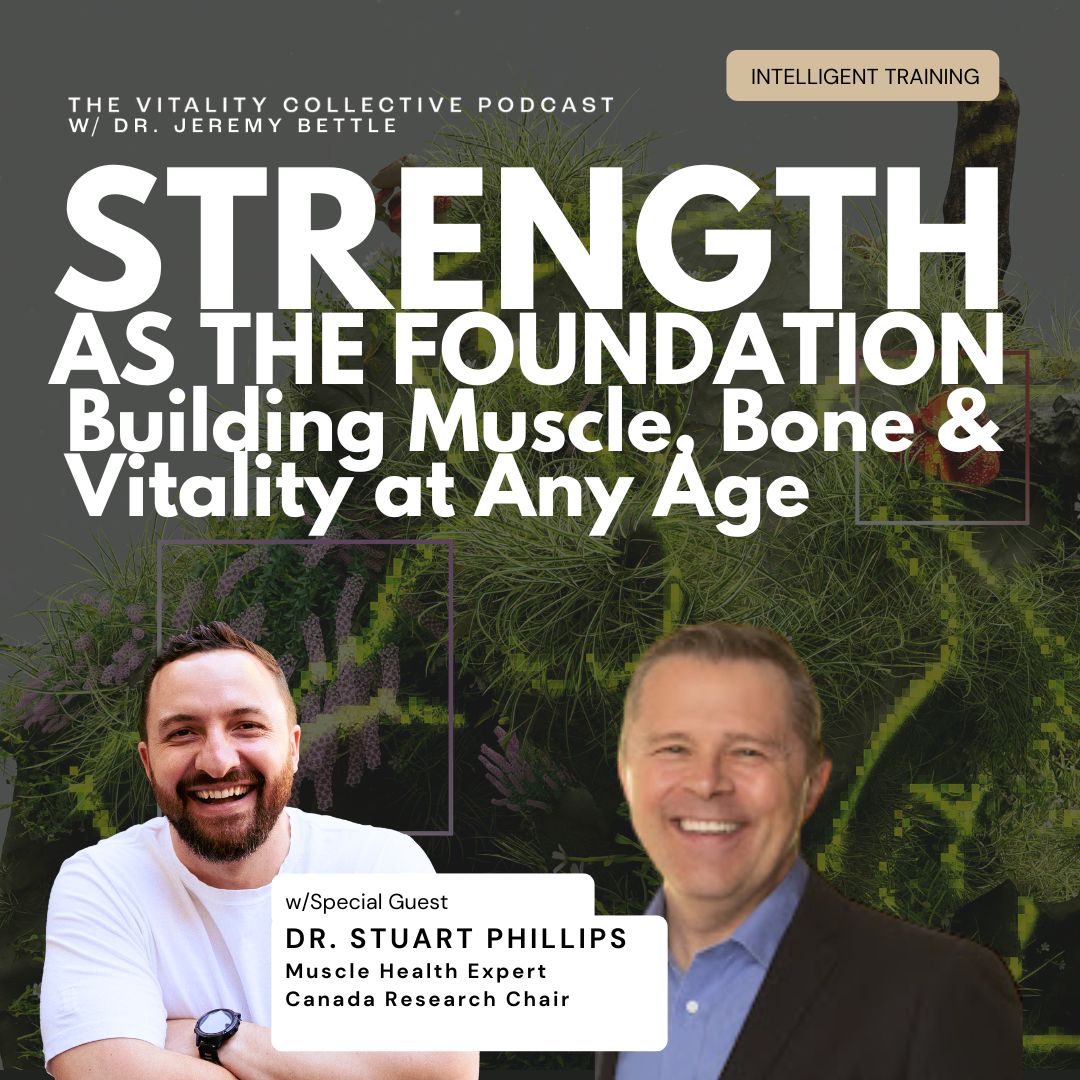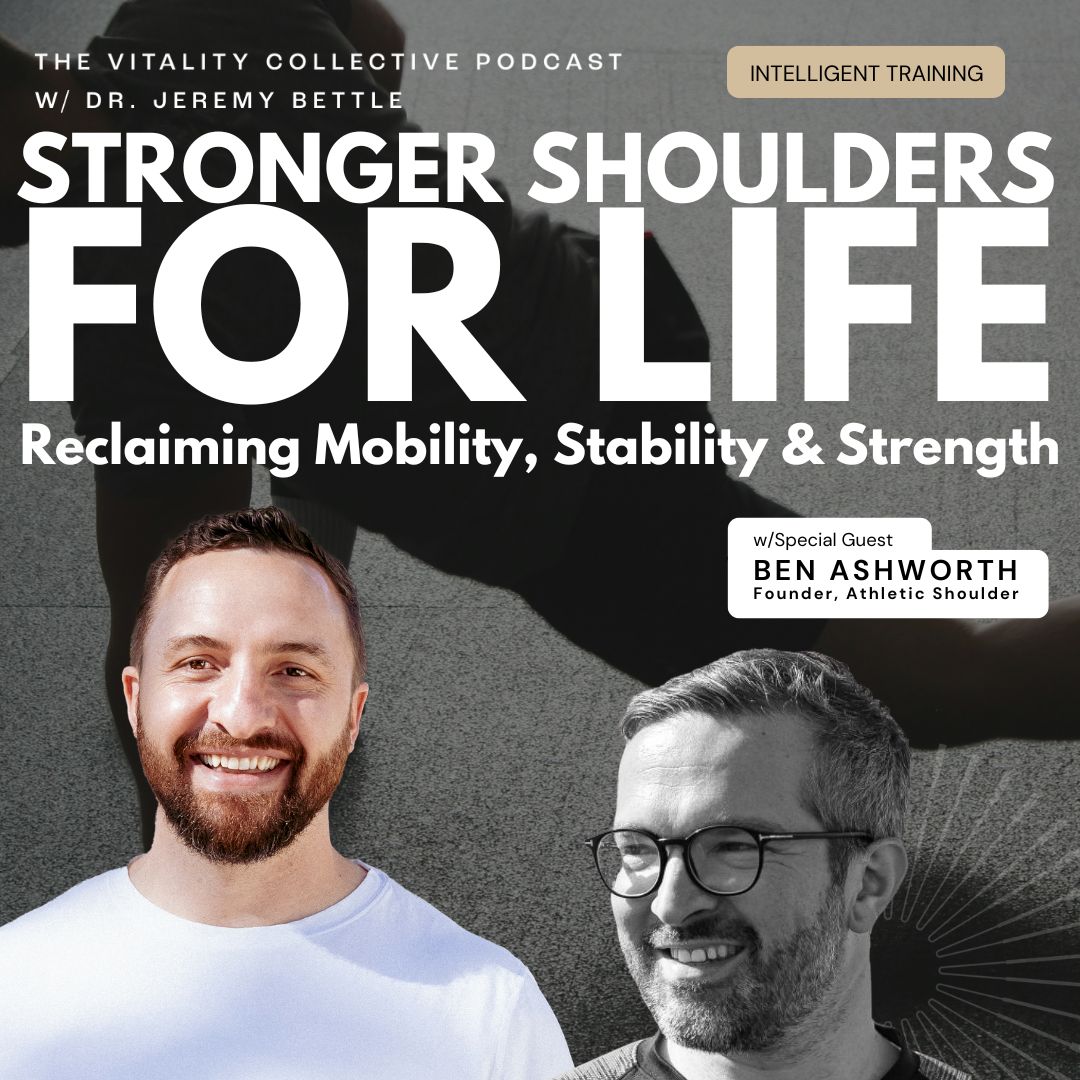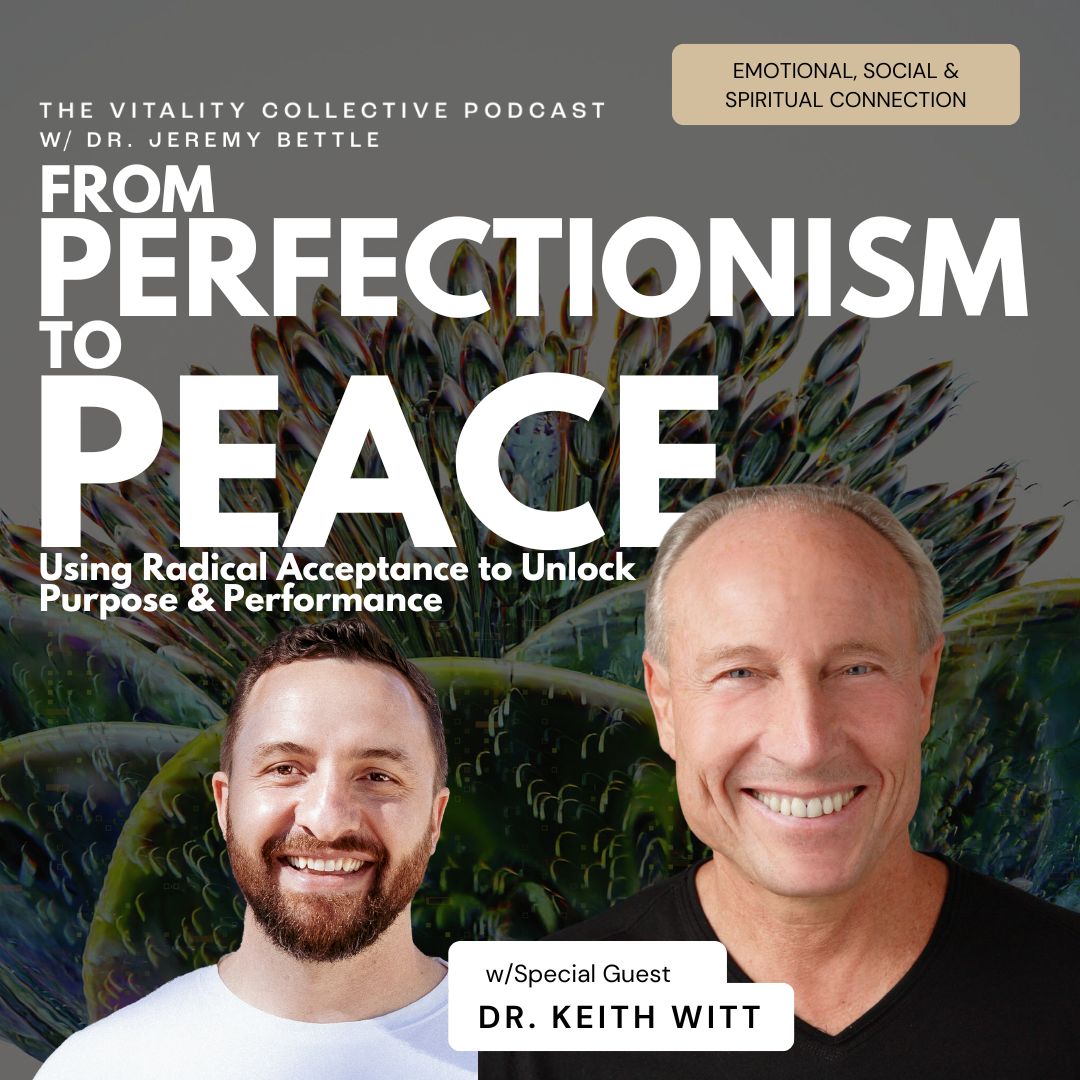EP 34: What You Don't Know About Bone Density: Strength, Longevity And The Hidden Risks of Osteoporosis w/Dr. Belinda Beck
Description
Episode Summary
In this episode, Dr. Jeremy Bettle is joined by Dr. Belinda Beck, professor and founder of The Bone Clinic, to explore the often-overlooked world of bone health. They unpack what osteopenia and osteoporosis really mean, why bone density is not just about minerals, and how movement, loading, and nutrition determine resilience across life. From the science of mechanotransduction to the realities of training safely at any age, this conversation provides clarity on how to protect and strengthen your bones for long-term vitality.
Guest Bio
Belinda Beck is a Professor in Exercise Physiology at Griffith University (Gold Coast, QLD) and Director of The Bone Clinic (Brisbane), a translational research facility and clinical practice providing evidence-based exercise for patients with osteoporosis. She graduated from The University of Queensland (BHMS[Ed]) and the University of Oregon (MSc and PhD) and completed a postdoctoral research fellowship in the Stanford University School of Medicine (CA, USA). Her work, primarily related to the effects of mechanical loading on bone, has involved both animal and human models, from basic to clinical research. Her particular focuses have been exercise interventions across the lifespan for the prevention of osteoporotic fracture, and the management of bone stress injuries in athletes and military recruits. She is a Fellow of the American Society of Bone and Mineral Research (ASBMR), the American College of Sports Medicine (ACSM), Sports Medicine Australia (SMA), and Exercise Sports Science Australia (ESSA). She serves on the Council of the Australian and New Zealand Bone and Mineral Society (ANZBMS), the Board of Sports Medicine Australia, the Governing Committee of the Australian National Alliance for Secondary Fracture Prevention (SOS Fracture Alliance), and the Capture the Fracture® (CTF) Steering Committee of International Osteoporosis Foundation, along with the Medicine and Science Advisory (MSAC) and National Consumer Advisory Committees (NCAC) for Healthy Bones Australia. She has been awarded almost $8M in grant funding and has published over 150 papers and chapters in the field.
Links
-
The Bone Clinic: Facebook – The Bone Clinic
-
Dr. Belinda Beck on LinkedIn
- Healthy Bones Australia
Three Actionable Takeaways
-
Try to do more movement and make that movement more intense than you’re used to doing. Progressive overload is essential for bones to adapt and strengthen.
-
Listen to your body. If you feel pain, listen to your body and stop doing what it is that’s causing the pain. Pain is a signal, not something to push through when it comes to bone health.
-
Make sure you provide your body with the building blocks to build bone. Nutrition, particularly protein, calcium, and vitamin D, supports the adaptations triggered by exercise.
Top Takeaways
-
Bone is a living tissue with cells that remodel in response to load, not an inert structure .
-
Bone adapts only when overloaded: activities like walking or swimming alone are insufficient for improving bone density .
-
High-impact or heavy lifting exercises stimulate bone growth but must be introduced progressively and safely .
-
Fall prevention is as critical as bone density; training balance and plyometric ability reduces fracture risk .
-
Energy availability is essential—calorie deficits and low estrogen states significantly weaken bones .
-
Peak bone mass is reached between ages 18–30, but activity levels largely determine how much is maintained across life .
-
Osteopenia and osteoporosis are defined by T scores from bone density tests, but fracture risk is influenced by more than density .
-
Most fractures occur in people with osteopenia, largely because of population size .
-
DEXA scans are the most widely used tool but have limitations; alternatives like PQCT and trabecular bone score provide more detail .
-
Supplements like high-dose vitamin K2 or magnesium lack strong evidence compared to balanced diets with adequate calcium, vitamin D, and protein .

